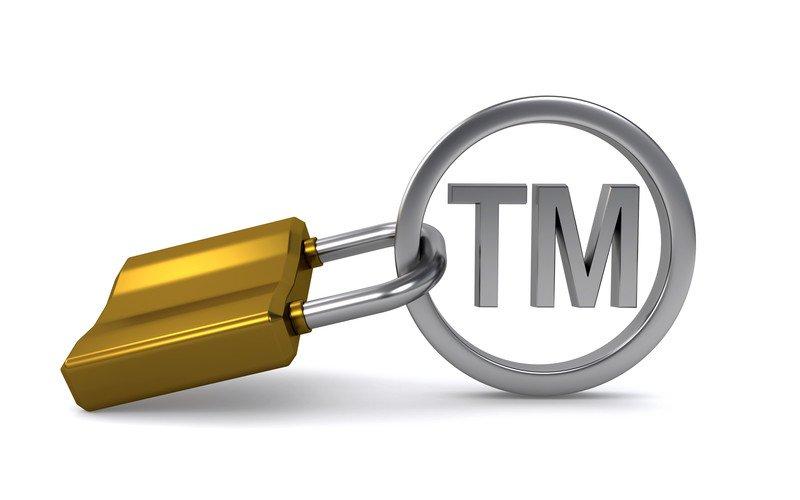Trademark protection in the United States dates back to colonial times, when American common law recognized some intellectual property rights. This tradition has its traces in history, as many American companies make a living from their marketing strategies. These companies understand the importance of registering and protecting their trademark to promote their brand.
For this reason, registering a trademark in the United States is a fairly quick and inexpensive process compared to other countries, and even unregistered trademarks may benefit from some legal protection if they have already been used in commerce. In this case, you must be able to demonstrate that use of the trademark is well established in your interstate business operations. This is not always easy to prove and it is not cost effective to take a stand against your competitor if you have skipped the registration phase of your trademark.
At the federal level, the United States Patent and Trademark Office (USPO) manages trademark registration in the United States. Due to the legal value of commercial use of trademarks, it is possible to register in the American market before registering. Nevertheless, it is also possible and often advisable to file the so-called “intent-to-use” trademark application. You can file an Intent-to-Use (ITU) application when you file an affidavit of intent. However, please note (!) that in the event of a legal dispute, you will have to prove your efforts to “commercially exploit” your trademark shortly after the application date. Later, using a series of specific procedures, you should be able to convert the (ITU application) into the ordinary (Use in Commerce application).
Before registering, it is important to conduct thorough research on possible trademarks that could be confused with your own. Attention! This research is the responsibility of the applicant. USPO offers a search system (Trademark Electronic Search System, TESS) with which this search can be carried out. However, it should be noted that the search engine does not take into account trademarks that are not registered at the federal level, but are used in commerce, which can prevail even over registered ones.
Descriptive trademarks can only be protected (so-called weak protection) if they have been considered distinctive due to their commercial use for more than five years. The Federal Office sets strict parameters to assess the class of products or services to which your trademark relates. To avoid likelihood of confusion or many of the other reasons identified by the Office for refusing registration, you should consider seeking legal advice.



